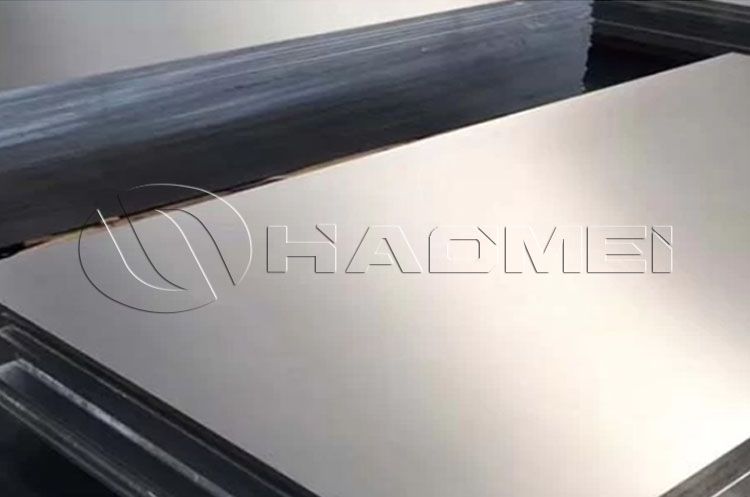Which is More Popular: Steel or Aluminum Tanker
In the tank truck industry, steel and aluminum are the two main materials used. Currently, steel tank trucks still hold a leading position in terms of fleet size. Steel has long been the traditional choice for tank truck construction due to its high strength and relatively low cost.
A large number of tank trucks in service are made of steel. Steel tank trucks, with their mature technology and low purchase cost, continue to play a vital role, particularly in applications where cost control is extremely stringent, the cargo being transported is non-corrosive, and lightweight is not a significant requirement.
However, aluminum tank trucks are showing strong growth momentum and are gradually gaining prominence in various sectors. With the growing global focus on energy conservation and emission reduction, and the increasing demand for transportation efficiency, the advantages of aluminum tank trucks are becoming increasingly apparent, and their market share is steadily increasing.
Popular Applications of Aluminum Tank Trucks
Food and Beverage Transportation
The excellent hygienic properties of aluminum alloy are crucial when transporting liquid foods such as milk and juice. Aluminum alloy does not chemically react with food, producing no harmful substances that could contaminate the transported food, thus ensuring food quality and safety.
Chemical Product Transportation
The chemical industry transports a wide variety of products, many of which are corrosive. Aluminum tank trucks, with their excellent corrosion resistance, perform well in chemical product transportation.
Fuel Transportation
Aluminum tank trucks are widely used in fuel transportation, whether for traditional fuels like gasoline and diesel, or emerging alternatives like biodiesel. Aluminum alloy's low density allows for a lighter weight. During fuel transportation, the lighter weight reduces vehicle energy consumption and improves fuel transportation efficiency.
Liquid Gas Transportation
Aluminum tank trucks are also used in the transportation of liquid gases, such as liquefied natural gas (LNG) and compressed natural gas (CNG). Aluminum alloy meets the tank strength and low-temperature performance requirements required for liquid gas transportation. Aluminum alloy maintains excellent mechanical properties even in low-temperature environments and does not become brittle, ensuring safe liquid gas transportation.
Commonly Used Aluminum Alloys
5059 aluminum alloy is a common material used in aluminum tank truck manufacturing. 5059 Al offers medium strength, meeting the various stresses tank trucks endure during transportation.

When transporting corrosive liquids, such as certain chemicals or acidic or alkaline liquids, 5059 aluminum alloy tanks remain stable and corrosion-resistant for extended periods, significantly extending the service life of the tank truck and reducing repair and replacement costs.
Welding is a key process in tank truck manufacturing. 5059 aluminum alloy exhibits excellent weldability, allowing for easy welding to other aluminum alloy components to create secure connections. This facilitates the implementation of complex structural designs during tank manufacturing, ensuring the tank's seal and overall strength.
In addition to 5059 aluminum alloy, 5083, 5182, and 5454 trailer skin sheets are also commonly used in aluminum tank truck manufacturing. 5083 aluminum alloy, with a magnesium content of 4.0%-4.9%, offers medium strength, excellent weldability, and strong corrosion resistance. It is commonly used in tank bodies, heads, and baffles, reducing vehicle weight by 1-2 tons and improving fuel efficiency.
5182 aluminum alloy boasts high tensile strength and elongation, making it suitable for complex forming processes like head stretching. It complies with European hazardous materials safety standards and is commonly used in heads and tank body structures to enhance tank safety.
5454 aluminum alloy offers strong corrosion resistance and is approximately 20% stronger than 5052, making it suitable for high-temperature and harsh environments. It is often used in internal breakers to improve tank structural stability.
Original Source:https://www.aluminumtankerplate.com/a/which-is-more-popular-steel-or-aluminum-tanker.html
Tags:
